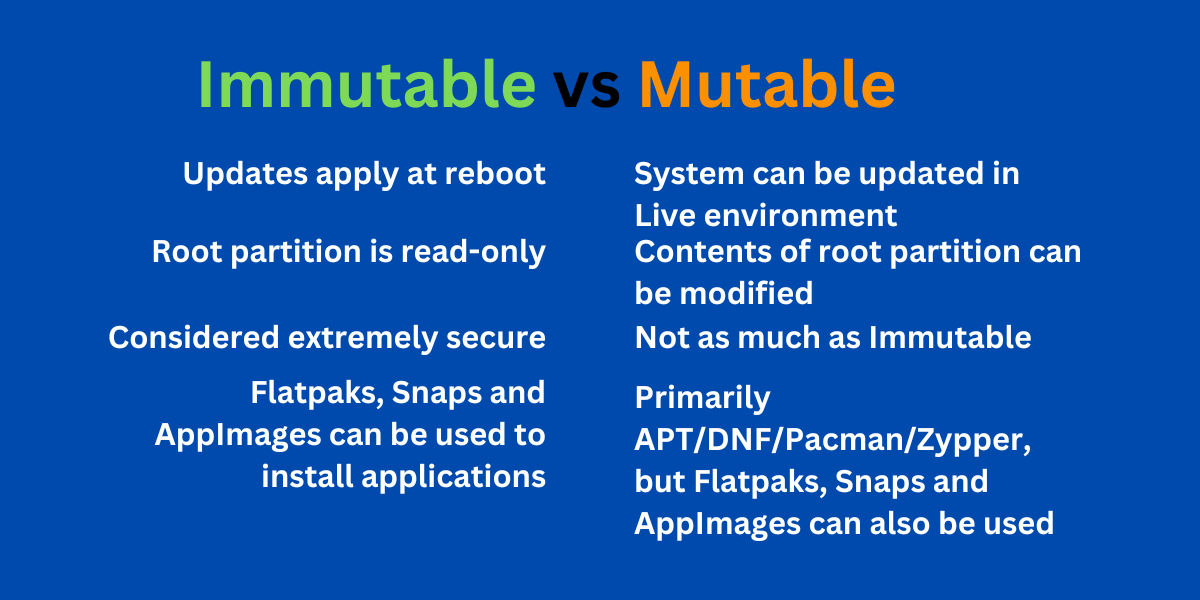I remain interested in the immutables or atomic distros because I know a lot of smart people that swear by them.
I also don't try them just yet because I know a lot of dumb people like me that end up breaking a lot of stuff before quitting them altogether.
They could be amazing and just not perfected yet or they may be a meme and no one's proved it outright just yet. Will be lurking this thread either way lool :D
